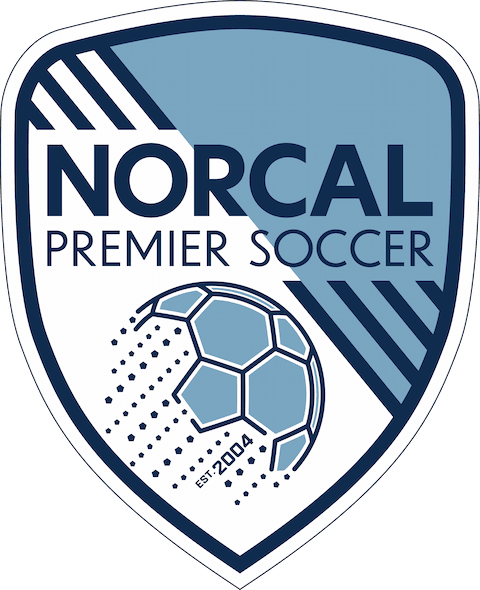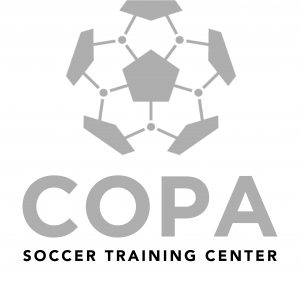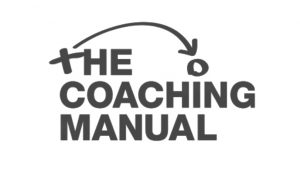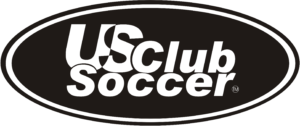Q&A: NorCal Premier Soccer Vice President Shawn Blakeman

Note: NorCal Premier Soccer regularly sits down with an influential figure in the youth soccer landscape to pick their brain about a variety of different topics that are relevant in the current soccer environment in the United States. For this edition we spoke with NorCal Premier Soccer Vice President Shawn Blakeman. A founding member of NorCal Premier Soccer, Shawn is currently the Program Director for Los Gatos United and holds a National ‘A’ license. A former IMG Academy Staff Coach, Technical Director for Sacramento United, and Director of Coaching for the El Dorado United Soccer Club, Shawn began an 11-year professional career at age 17 with the San Jose Earthquakes, followed by a four-year stint in West Germany. He played professionally in the US until 1999.
NorCal: Growing up playing in the Bay Area in the 1980s, what was the soccer landscape like in Northern California?
Blakeman: It was vastly different, there weren’t as many people playing. It wasn’t as structured or organized, it was pretty much all volunteer and parent-driven. You just had to kind of seek out those motivated players who really wanted to get after it. With those players, we played day and night without these structured environments. We just went and played small-sided games and worked on crossing, worked on scoring. We spent thousands of hours at West Valley Junior College honing in our skills.
NorCal: There aren’t a ton of kids who just go out and play in the park anymore. Do you think that in some ways, we’ve lost something with the fact that there’s not so much of that unstructured play anymore and very few kids go out and play pickup?
Blakeman: Absolutely. I think that the ones that are still doing it are the ones that are achieving perhaps the next level, not just here in the States, but globally. That’s why third world countries are producing top talent, because of the environment the kids are in and coming from.
NorCal: You were one of the first Americans to actually try and play overseas when you went to Germany. What was the thinking behind making that move when not very many people had ever done that before?
Blakeman: I had been overseas with a U.S. team and I witnessed the level of play and saw the stadiums and just the whole football culture and absolutely fell in love with it and knew that that’s what I wanted and I wasn’t going to find it here in the States. Going back in my day, there wasn’t soccer on TV, well there was only one program of soccer on TV and that was Soccer Made in Germany, 3 o’clock on Sundays on PBS. I watched that religiously, I got a magazine called The Globe Kicker, I still have every issue and every time I got an issue I read it and then put it up on my wall. And then, Paul Caligiuri had just finished at UCLA and signed for Hamburg so I think there were four of us there at that time.
NorCal: As an American in Germany, was there a stigma against you? Did you have a fair chance to play?
Blakeman: Certainly I had a fair chance to play because it’s about results there and if you were going to help the squad to get on the right side of the result, you played and if you weren’t, you didn’t. Was it a little more difficult because you were a foreigner? Yes, because at that particular time in German soccer, you could only have three foreigners on your roster and only two could be on the field at the same time. That created additional pressure and fewer opportunities, but at the end of the day it’s a business and it’s a business about results and if you did your job, you were in the lineup.
NorCal: Why did you come back to the United States?
Blakeman: Well, one, I sustained a pretty bad injury. I sustained an abdominal injury and they said it was going to be six months to a year or they wanted to do surgery and after spending four years in West Germany without seeing the sun, I decided it was time. And then the new professional outdoor league was starting, the APSL, and I had friends getting involved in that.
NorCal: When you came back, you won a U.S. Open Cup with the San Jose Oaks and then played in what is now the Concacaf Champions League against Monterrey. Tell us about that experience.
Blakeman: Our home game was in San Jose at Spartan Stadium and then we played in Monterrey in their big stadium. They were a top-notch team. They had a couple of Brazilians, a couple of Argentinians, they were at a different level.
NorCal: You then made the transition to indoor soccer, playing for several years for some of the top teams in the country. How did that come about?
Blakeman: I had some friends who were getting involved with it and I had never really tried it before, but certainly that’s where the money was in soccer at the time so I made the transition to indoor. There were two pro indoor leagues at the time, one that was owned by the NBA owners and one that was basically all of the old Major Indoor Soccer League franchises. They had different seasons that didn’t really overlap unless you went far in the playoffs. I was one of the few players who was able to play in both because I had a very good agent at the time. So I bounced all over the place and ended up playing over 400 professional indoor games, which is great, but now looking back, it wasn’t too good on my body.
NorCal: Can you describe what that was like? Most of the youth players today probably don’t understand what a big deal indoor soccer was in the mid 1990s, but also what those games actually entailed.
Blakeman: It was totally different, it wasn’t football, it was indoor soccer. There were fewer players, faster games, substitutions on the fly. There wasn’t field turf back then so we were going into NBA arenas and they were just laying the old school AstroTurf on a concrete foundation and that’s what we played on. It was very hard on the body. You’re not only competing on it, but you’re also training on it so doing that over a period of time certainly took its toll on my body, but that’s where the money was in the game. Playing in sold-out arenas was a blast. Once I learned the game, I really enjoyed it, but never, ever replaced my love of the outdoor game of football.
NorCal: Transitioning to what you’re doing now, how are things going over at Los Gatos United after making the transition from Sacramento United?
Blakeman: After 16 years at Sacramento United, where we accomplished many great things on and off the field, it was just something I wanted to do, to come back to my childhood home and what made it even sweeter or more enjoyable was the opportunity to work with one of my closest friends (former U.S. U-17 Men’s National Team Coach) Shaun Tsakiris, who happens to be one of the top soccer coaches in the United States. We had always talked about working together and I said, “well, I’m not getting younger, so let’s do this.” So he stepped down from the national team and I stepped down from Sacramento United. So we’re working on this new project of building a quality football club in the Los Gatos/Saratoga/South Bay region.
NorCal: Given that all traditional forms of training and games are postponed indefinitely, what are you guys doing as a club to help your players develop?
Blakeman: We’ve continued to do three trainings a week virtually with the teams where the coach leads the kids, first in a warmup with or without the ball, and then we do a physical component of strength and conditioning with the kids and then we’ve built out a library of individual technical videos that they have access to and then there’s a program that’s been given to them so that after they do the warmup or the physical aspect, then offline they do the technical on their own. Or we transition to where we’re doing individual technical training online with them and then they do the physical aspect online. So we’ve continued to do that as well as stay connected with the players and the families as best we can at this time with the restrictions that are placed on us.
NorCal: What recommendations right now are you giving to those players who really have the desire to make it at the top level?
Blakeman: Love the ball. The ball has no brain, you do. Train the ball. Use this time to improve or enhance your physical fitness individually because there’s plenty of examples and studies that will show that you grow the most when nobody is watching.












